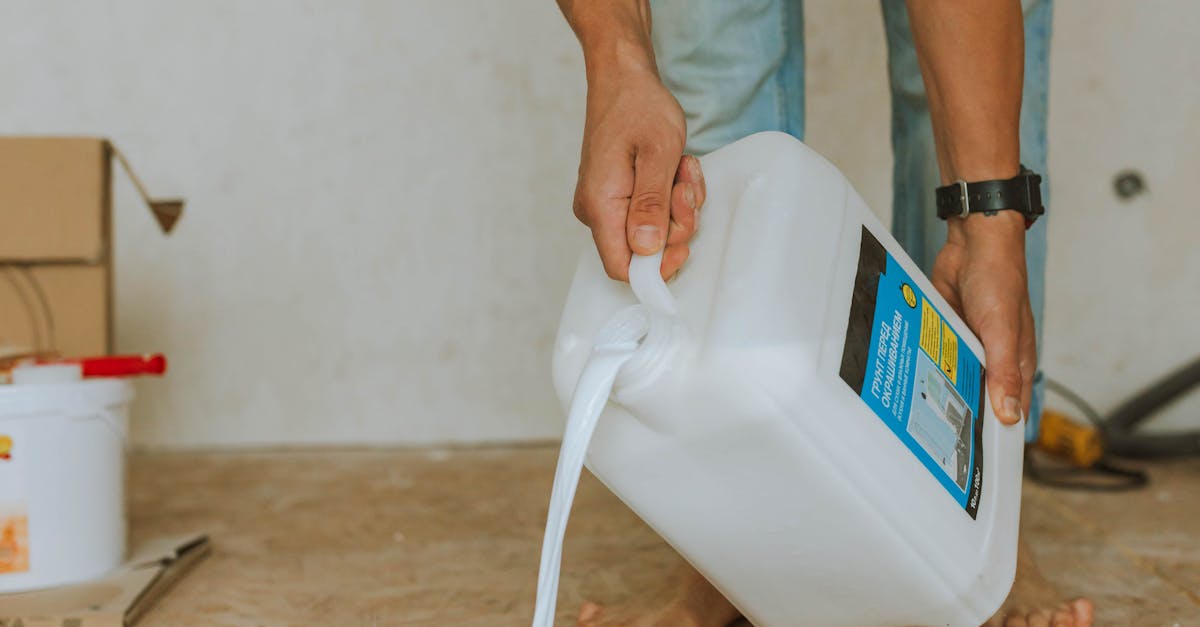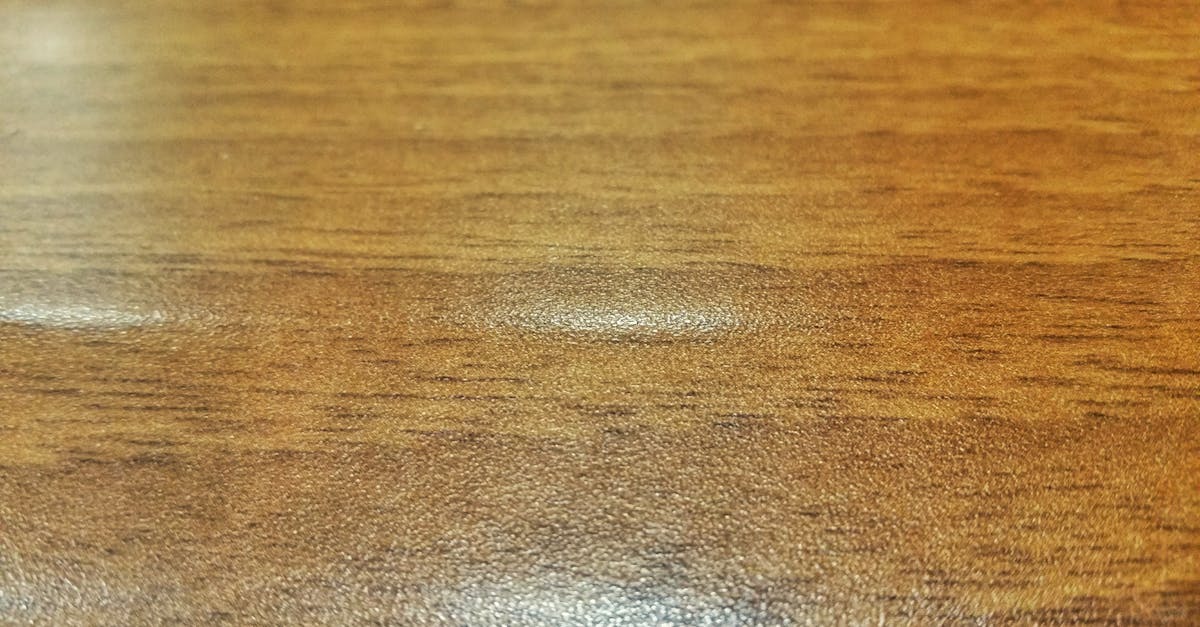
Installing Underlayment in Different Rooms
When approaching floor underlayment installation in various rooms, understanding the unique requirements of each space is crucial. For example, bathrooms and kitchens often experience higher moisture levels. Selecting moisture-resistant underlayment is essential in these areas to prevent mold growth and damage. In contrast, living rooms or bedrooms may prioritize sound insulation. Here, choosing an underlayment with acoustic properties can enhance comfort and reduce noise transmission between floors.
In addition to considering the room type, it's important to evaluate the flooring materials being installed. For hardwood floors, a specific underlayment designed to provide cushioning and prevent squeaking is ideal. Meanwhile, carpet installations may require a thicker underlayment to offer additional cushioning and support. Each scenario demands careful attention to detail in floor underlayment installation to ensure the best results and longevity of the flooring.
Considerations for Various Flooring Types
When selecting underlayment for different types of flooring, it is essential to consider the specific requirements of each flooring material. For example, laminate flooring often requires a moisture barrier to prevent warping, while carpet installations may benefit from added cushioning. Understanding the compatibility of the underlayment with your flooring type will enhance performance and durability. Floor Underlayment Installation varies based on these needs, ensuring that you choose the right product for your project.
Additionally, the soundproofing and thermal insulation properties of underlayment differ significantly depending on the flooring type. For hardwood floors, a denser underlayment might be preferable to minimize sound transmission and provide stability. In contrast, for tiles, a underlayment that accommodates movement and reduces vibration is advisable. Effective Floor Underlayment Installation ensures that the chosen underlayment complements the flooring, contributing to overall comfort and longevity.
Securing Underlayment Properly
Securing underlayment properly is crucial for a successful floor underlayment installation. Begin by ensuring that the surface is clean, dry, and free from any debris. Lay the underlayment sheets or rolls in accordance with the manufacturer’s guidelines, overlapping seams where necessary. Use double-sided tape to hold down the edges of the underlayment and prevent movement during the installation of the flooring on top. This not only maintains alignment but also aids in creating a barrier against moisture.
Ensuring stability and soundproofing requires careful attention to detail. Some types of underlayment come with adhesive backing, which can provide additional security when pressed down firmly. For wider areas, consider using a staple gun or adhesive to adhere the underlayment at regular intervals. Additionally, make sure the seams are staggered and not aligned with the seams in the flooring material above. This method reduces the chance of sound transmission and enhances the overall durability of the floor underlayment installation.
Methods to Ensure Stability and Soundproofing
To achieve optimal stability and soundproofing during floor underlayment installation, it is crucial to use high-quality materials designed for specific flooring types. Closed-cell foam or rubber underlayment can significantly reduce sound transmission while providing cushioning and support for the floor above. Additionally, ensuring the underlayment is seamlessly aligned and securely placed minimizes the chance of any shifting, which helps maintain the integrity of the flooring over time.
Properly securing the underlayment involves utilizing adhesive or double-sided tape along the seams and edges. This not only prevents slippage but also creates a barrier against moisture, adding another layer of protection. For further sound dampening, consider installing the underlayment in overlapping strips, as this technique can effectively disrupt sound waves and enhance the overall acoustic quality of the room.
Managing Moisture and Humidity
Managing moisture and humidity is crucial during the floor underlayment installation process. Excess moisture can cause damage to both the underlayment and the flooring material above it. Before installing underlayment, assess the humidity levels in the room. If the area is prone to high moisture, consider using a moisture barrier to protect the underlayment from potential water damage. This is particularly important in basements or areas with concrete slabs.
Proper ventilation is also essential in maintaining an appropriate humidity level. Ensure that spaces are well-ventilated to reduce moisture buildup. Using a dehumidifier can help control humidity levels, especially in climates where moisture is a persistent issue. By taking these precautions, you can significantly enhance the longevity of your flooring system and ensure a successful floor underlayment installation.
Tips for Protecting Your Underlayment from Damage
Protecting your underlayment during the installation process is crucial to ensure its longevity and effectiveness. Always inspect the installation area for any sharp objects or debris that could potentially puncture the underlayment. Use a clean, flat surface for laying out the material, and consider using a protective covering to shield it from heavy foot traffic, tools, or any spills that may occur during the flooring installation. Ensuring that the underlayment stays dry and clean will significantly reduce the risk of damage and enhance its performance in the long run.
After the initial installation, it’s essential to maintain a consistent environment to prevent moisture-related issues. Keep humidity levels in check, especially in areas prone to dampness, such as basements or bathrooms. Ventilation plays a key role in maintaining a dry atmosphere. Regularly check for any signs of moisture or leaks, addressing them promptly to avoid compromising the underlayment's integrity. Adopting these simple but effective tips will contribute to the overall success of your Floor Underlayment Installation process.
FAQS
What is underlayment and why is it important?
Underlayment is a material placed beneath flooring to provide cushioning, insulation, and soundproofing. It also helps to manage moisture and can prolong the life of your flooring by protecting it from damage.
Can I install underlayment in any room?
While you can install underlayment in most rooms, it's essential to consider the type of flooring and the specific needs of each room. For example, moisture-resistant underlayment is necessary in areas like bathrooms and kitchens.
How do I ensure the underlayment is secured properly?
To secure the underlayment properly, use appropriate adhesives or tape recommended by the manufacturer, and follow guidelines for overlapping seams to prevent gaps. Ensure it lies flat and is free of wrinkles or bubbles.
What types of underlayment are best for soundproofing?
For soundproofing, look for underlayment made from materials like rubber or foam, which are designed to absorb sound. Thicker underlayment can also improve sound insulation.
How can I protect my underlayment from moisture damage?
To protect your underlayment from moisture, ensure you have a vapor barrier in place, especially in areas prone to humidity. Regularly check for leaks and maintain proper ventilation to reduce moisture levels.

